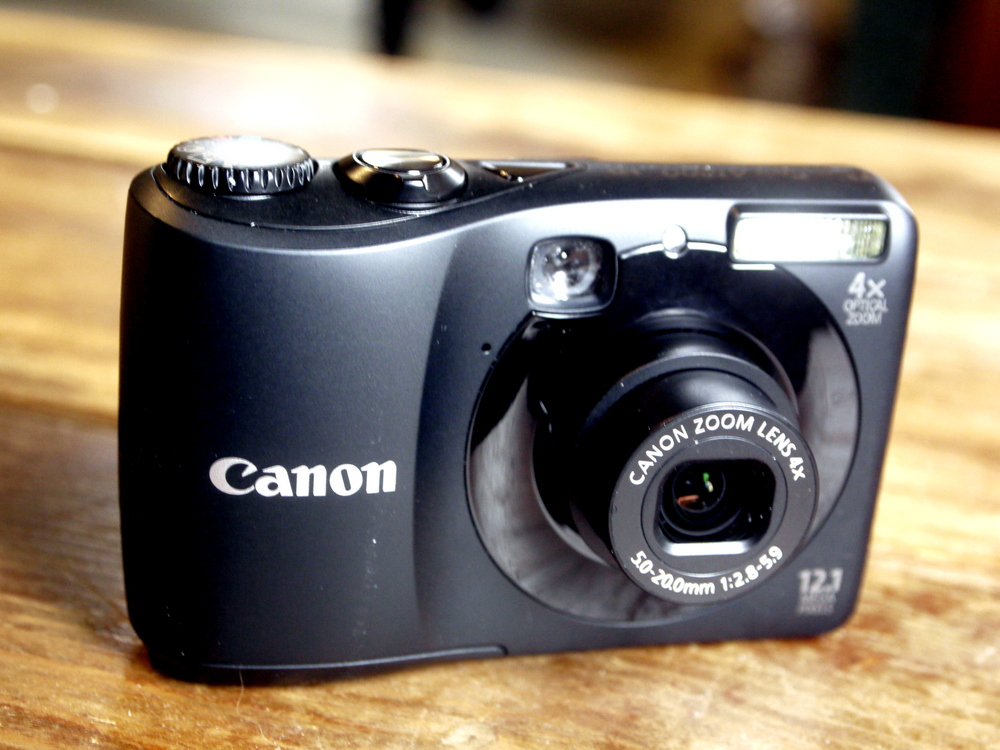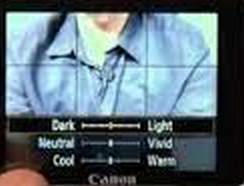
"You’ve finally gone round the bend, Jack."
That what folks on one photo forum would say to the above statement. Of course, they are surveying the photo scene as well-off retired guys who travel a lot and have bags full of cameras and lenses collectively worth more than some cars I’ve owned.
But, throughout decades, for every high-end "pro"camera used, millions of photos were shot with box cameras, Instamatics, point ‘n shoots and other very simple cameras. Most households have treasured pictures taken with cameras with no controls whatsoever.
Cheap, simple and effective was the goal of Kodak and others.
Much of the success of simple cameras was due to the fact that negative film, horribly exposed, could be salvaged. OK prints could be made. The pictures "turned out." George Eastman new his customers well when he came up with the slogan "You press the button, we do the rest."
Digital cameras swept away film, even though they were initially very unforgiving of poor exposures. Still, few companies understood that a lot of people did NOT want to deal with pesky lens opening numbers and shutter speeds. They kept adding more things that many people did not want.
And lost something highly valuable.
To keep the prices low, most amateur cameras lost their optical finder...that thing people looked through practically from the invention of cameras. Without that finder it was almost impossible to actually be outside and frame your shot!
Around the time simple cell phone cameras wrecked the camera industry, somebody at Canon got a brilliant idea. Let's make a small camera with optical finder that matched the zoom lens, ditch all the controls, but add a visual way to adjust tricky scenes. And sell it for about $100.
Introduced in 2011 , Canon PowerShot A1200 is a 12.0MP camera with a 4.0x zoom (28-112 mm in 35mm terms) and a F2. 8-5.9 lens.
It runs on AA batteries, has no shutter speeds or f/stops to set. You might think it is just another me-too cheapie coming late to the party.
You would be wrong.
First, the A1200 has that real optical viewfinder that zooms with the lens. Of great value outside, you can even turn off the display and use it as classic camera. No more holding it in front of you, squinting at the screen hoping to see "the decisive moment."
But the icing on the cake is the "live view" where you can lighten/darken the scene, adjust the color from vibrant to essentially black & white and adjust the tone from cool to warm. This last fixes pesky lighting, but when used with the other controls, can give control over sepia and other color effects.
All this with no numbers!
And finally, a few hidden "extras" that a lot of folks will never find: face detection, blink detection, "toy camera" look and more. And video movies.
With the sound and rear screen turned off, the camera is very discreet. Image quality is quite good considering the small sensor in this very small camera.








